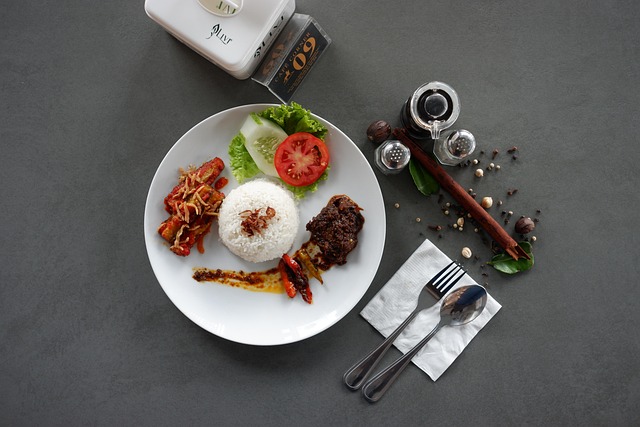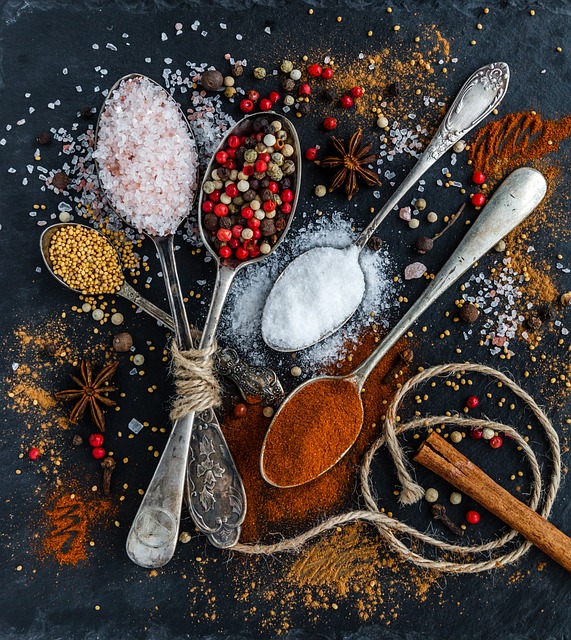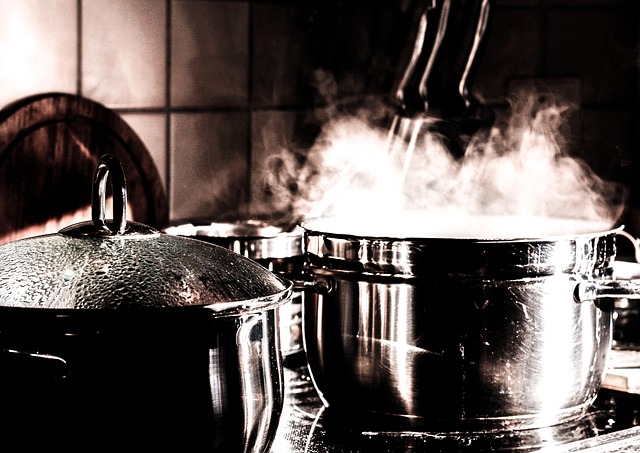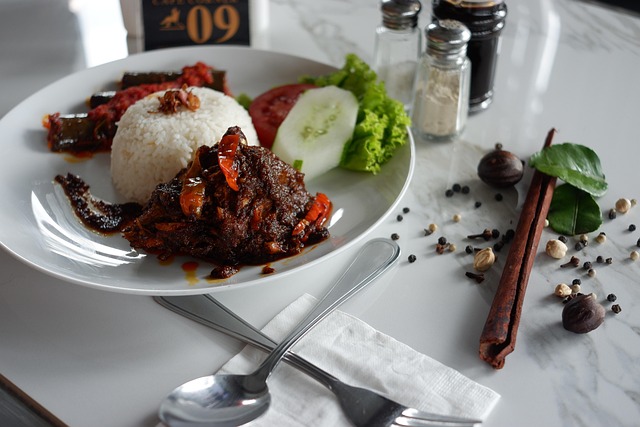The Allure of Rendang Padang
Rendang Padang is not merely a dish: it is an epic poem rendered in spice and time. Hailing from the lush landscapes of West Sumatra, this Indonesian delicacy has transcended borders to become a global culinary phenomenon. With its deep, smoky flavor and velvet-like texture, Rendang conquered taste buds from Jakarta to London. Yet, beneath its savory exterior lies a story – a narrative of tradition, patience, and the Minangkabau people’s profound relationship with food.
Rendang is more than nourishment; it is a vessel of heritage. Every slow simmer tells tales of ancestry, respect, and endurance — qualities that mirror the Indonesian spirit itself.
Origins and Heritage: Where It All Began
Rendang traces its origins to the Minangkabau ethnic group of West Sumatra, a matrilineal society renowned for its rich cultural traditions. The dish was born from necessity and ingenuity — a way to preserve meat for long journeys across the archipelago.
The word rendang derives from the Indonesian verb merendang, meaning “to slowly cook.” The term captures both method and philosophy: patience as a virtue, time as an ingredient. Each simmering pot is a meditation in endurance, transforming raw ingredients into culinary art.
Sumatra’s position along historic spice routes also influenced Rendang’s evolution. Traders from India, Arabia, and China introduced spices that would forever alter Padang cuisine — cardamom, cloves, cinnamon — weaving foreign threads into Indonesia’s native tapestry.
The Philosophy Behind the Dish
In Minangkabau households, cooking is not mechanical; it’s ceremonial. Preparing Rendang requires focus, humility, and reverence for one’s ingredients. It embodies the Minangkabau philosophy of adat basandi syarak, syarak basandi Kitabullah — custom founded upon faith.
Every ingredient carries symbolic weight: coconut milk represents unity, chilies signify courage, and beef embodies strength and honor. To cook Rendang is to enact these values.
Traditionally, Rendang is served during weddings, Eid celebrations, and homecomings. It marks important life transitions — a dish for both beginnings and reunions, uniting families across generations.
The Anatomy of Rendang: Ingredients That Matter
The soul of Rendang begins with beef — preferably cuts rich in collagen like shank or chuck that tenderize into silk after hours of braising.
Coconut milk, often extracted by hand, lends its creamy essence and transforms the dish into a luscious symphony of texture. It is the golden elixir that binds the spices into harmony.
Chilies, lemongrass, galangal, turmeric, and kaffir lime leaves form the aromatic nucleus of the flavor profile. Their combined essence creates layers of fragrance — fiery, citrusy, and earthy in equal measure.
Toasted coconut, or kerisik, adds the final flourish. This subtle ingredient imbues Rendang with depth, a nutty undertone that lingers on the palate long after the last bite.
The Art of Slow Cooking: Time as an Ingredient

Photo by Pixabay / Free to use under license.
Rendang is the antithesis of haste. Traditionally cooked over wood fire for up to eight hours, the process unfolds in three acts. First, the meat simmers in coconut milk and spices, absorbing their essence. Then, as the liquid reduces, it enters the “Kalio” stage — a golden, oily stew. Finally, the sugars caramelize and the dish darkens into a rich, mahogany hue.
This slow metamorphosis is not mere cooking; it’s alchemy. The prolonged heat seals in flavor and naturally preserves the meat, allowing Rendang to last for weeks without refrigeration — a practical miracle of pre-modern innovation.
Regional Variations Across Indonesia
Every region interprets Rendang through its own lens. Padang Rendang, the archetype, is dry and deeply caramelized. Medan Rendang, in contrast, retains a saucier texture and milder spice.
Some regions replace beef with lamb, chicken, or duck, while others experiment with plant-based alternatives like jackfruit or tempeh. Even eggs are coated in the same spice paste to create Rendang Telur. Each variation echoes local adaptation without straying from the dish’s philosophical roots.
Spice Chronicles: The Science of Flavor in Rendang

Photo by Pixabay / Free to use under license.
The genius of Rendang lies in its balance. Heat from chili merges with the earthy warmth of galangal and the faint sweetness of coconut. This delicate interplay forms an aromatic equilibrium that teases every sensory dimension.
Spices are not merely mixed — they are layered. Sautéing the ground spice paste in coconut oil releases essential oils, intensifying flavor and aroma. This meticulous sequencing ensures complexity without chaos, creating a flavor structure that unfolds gradually with each mouthful.
Cultural Significance in the Minangkabau Tradition
To the Minangkabau, Rendang represents musyawarah, or deliberation — the process of reaching harmony through patience. Just as Rendang requires time to mature, so too do wisdom and relationships.
Women are the guardians of Rendang tradition. Recipes are whispered from mother to daughter, each family protecting its unique spice blend. This culinary matrilineality sustains not just recipes, but values — perseverance, community, and love.
Rendang thus becomes both sustenance and symbol — a culinary expression of unity and resilience.
Rendang in Modern Times: From Villages to Global Fame
Today, Rendang has transcended its origins to become Indonesia’s culinary ambassador. From street-side warungs to fine-dining establishments, it is a unifying emblem of national pride.
In 2011, CNN named Rendang the “World’s Most Delicious Food,” propelling it into global consciousness. Yet despite its international acclaim, the essence of Rendang remains humble — a dish that still simmers quietly in family kitchens, unchanged in soul.
Rendang Beyond Borders
Neighboring nations like Malaysia, Singapore, and Thailand have embraced Rendang, each reinterpreting it with regional nuances. Malaysian versions tend to be richer in coconut, while Thai renditions infuse additional herbs.
Around the world, chefs have dared to reimagine it — from Rendang tacos in Los Angeles to gourmet sliders in London. Though purists may raise an eyebrow, these reinventions echo the dish’s adaptability and enduring allure.
Cooking Rendang at Home: What You Need to Know

Photo by Pixabay / Free to use under license.
Creating authentic Rendang at home demands devotion and a few essential tools — a heavy-bottomed pot, a wooden spatula, and an unhurried heart.
Choose fresh ingredients: mature coconuts for milk, marbled beef for tenderness, and whole spices ground by hand. Resist shortcuts; pre-packaged pastes may dull the experience.
Common pitfalls include rushing the reduction process or under-toasting the coconut — both of which flatten the flavor. Patience, as always, remains the secret ingredient.
The Emotional Side of Rendang
Every family’s Rendang tastes slightly different — an edible fingerprint of memory. Its aroma can transport one back to childhood kitchens and laughter-filled gatherings.
For Indonesians abroad, Rendang is a homesick remedy, a reminder of roots and rituals. One bite evokes the rhythm of distant rain and the crackle of wood fires in Padang.
Pairing Rendang: The Perfect Companions
Traditionally, Rendang pairs with steamed jasmine rice or ketupat (compressed rice cakes). Cassava leaves or sambal ijo (green chili paste) balance its richness.
For beverages, black tea offers subtle contrast, while modern palates might enjoy craft beers or coconut cocktails. Each pairing reveals new dimensions of the dish’s bold complexity.
Preserving Tradition in a Changing World
Communities across Sumatra continue to honor the Rendang legacy through annual cooking festivals and family gatherings. Culinary academies document traditional recipes, ensuring their survival amid modernization.
Elders still teach the young not only the technique, but the philosophy — to respect fire, to stir with patience, and to cook with intention.
Sustainability and Ethical Eating
Modern Rendang makers increasingly prioritize sustainability — sourcing beef from ethical farms and using eco-friendly fuels. Some replace coconut milk with lighter plant alternatives or adopt solar-powered cooking methods.
Vegetarian and vegan renditions now flourish, using mushrooms or jackfruit to replicate the dish’s signature texture without losing its essence.
Rendang in Festivals and Celebrations
During Eid al-Fitr, weddings, or ancestral ceremonies, Rendang occupies the center of the table — a symbol of gratitude and abundance. Families gather to cook communally, stirring together stories, laughter, and generations.
It is also a gesture of goodwill; sharing Rendang with neighbors expresses respect and solidarity, transcending mere hospitality.
Rendang in Pop Culture and Media
Rendang has found its way into films, television shows, and viral social media trends. Online food influencers recreate it for millions of viewers, while documentaries spotlight its artistry.
Tourists now travel to Sumatra for Rendang culinary trails, tasting authentic preparations in the heart of Minangkabau villages.
The Global Business of Rendang
From vacuum-sealed exports to gourmet ready-to-eat pouches, Rendang has entered the global marketplace. Entrepreneurs harness modern packaging without diluting authenticity, turning family recipes into thriving enterprises.
Yet challenges persist — maintaining traditional integrity in industrial production requires balance and innovation.
Future of Rendang: Tradition Meets Innovation
In the digital era, Rendang evolves through AI-assisted recipes, online masterclasses, and virtual cook-alongs. Culinary innovation coexists with ancestral wisdom, ensuring relevance for the next generation.
As chefs experiment with plating and presentation, the spirit of Rendang endures — unyielding, soulful, eternal.
Conclusion: More Than a Meal — A Legacy
Rendang Padang is a lesson in endurance, humility, and devotion. It encapsulates Indonesia’s heart — bold, intricate, and bound by heritage.
In every simmering pot lies a quiet reminder: that greatness takes time, that flavor is born from patience, and that culture lives on through the meals we share.
Rendang is not just eaten; it is experienced. And in that experience, history breathes anew.




